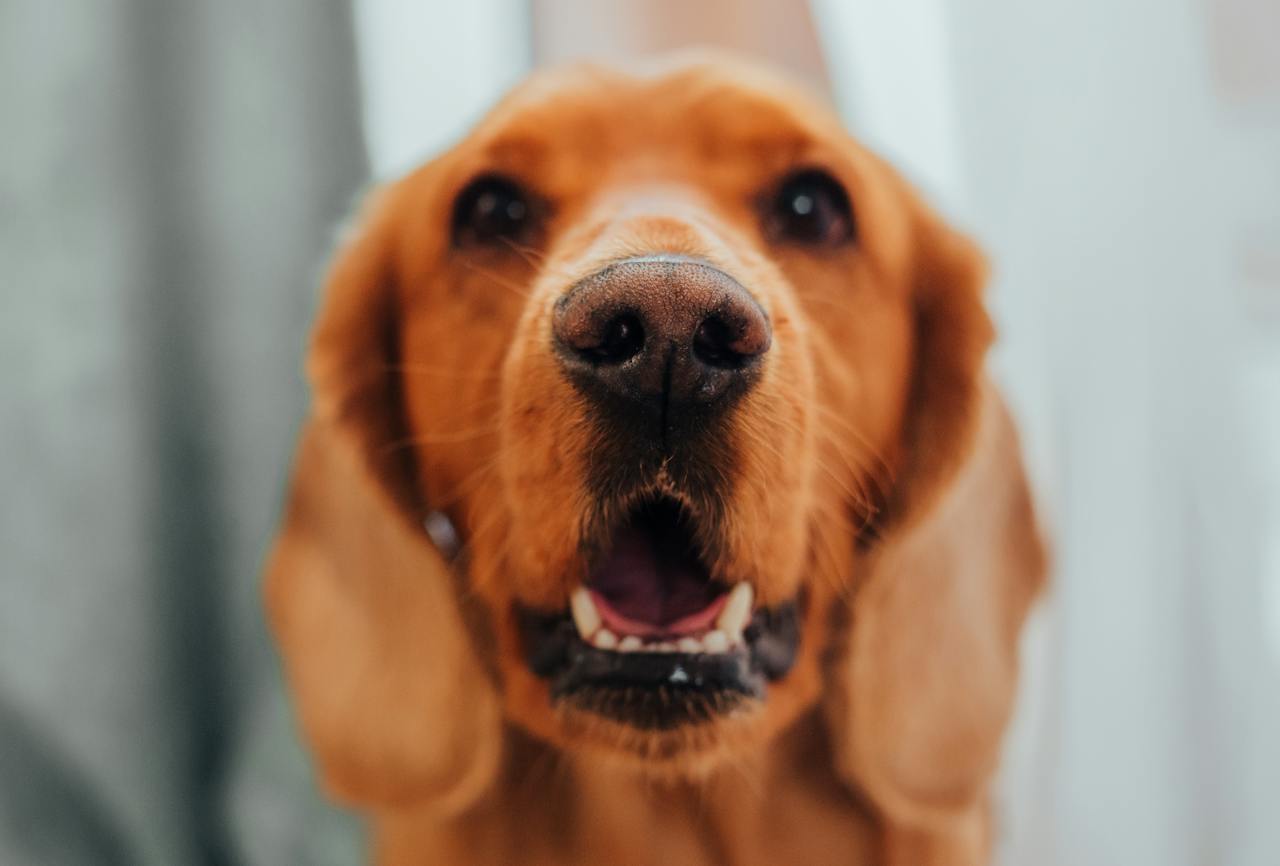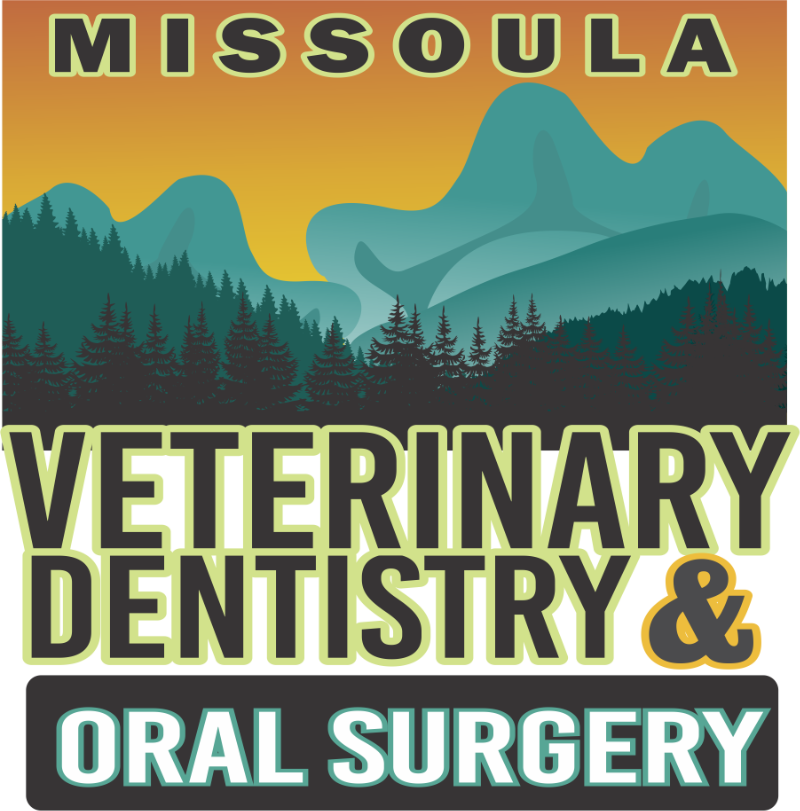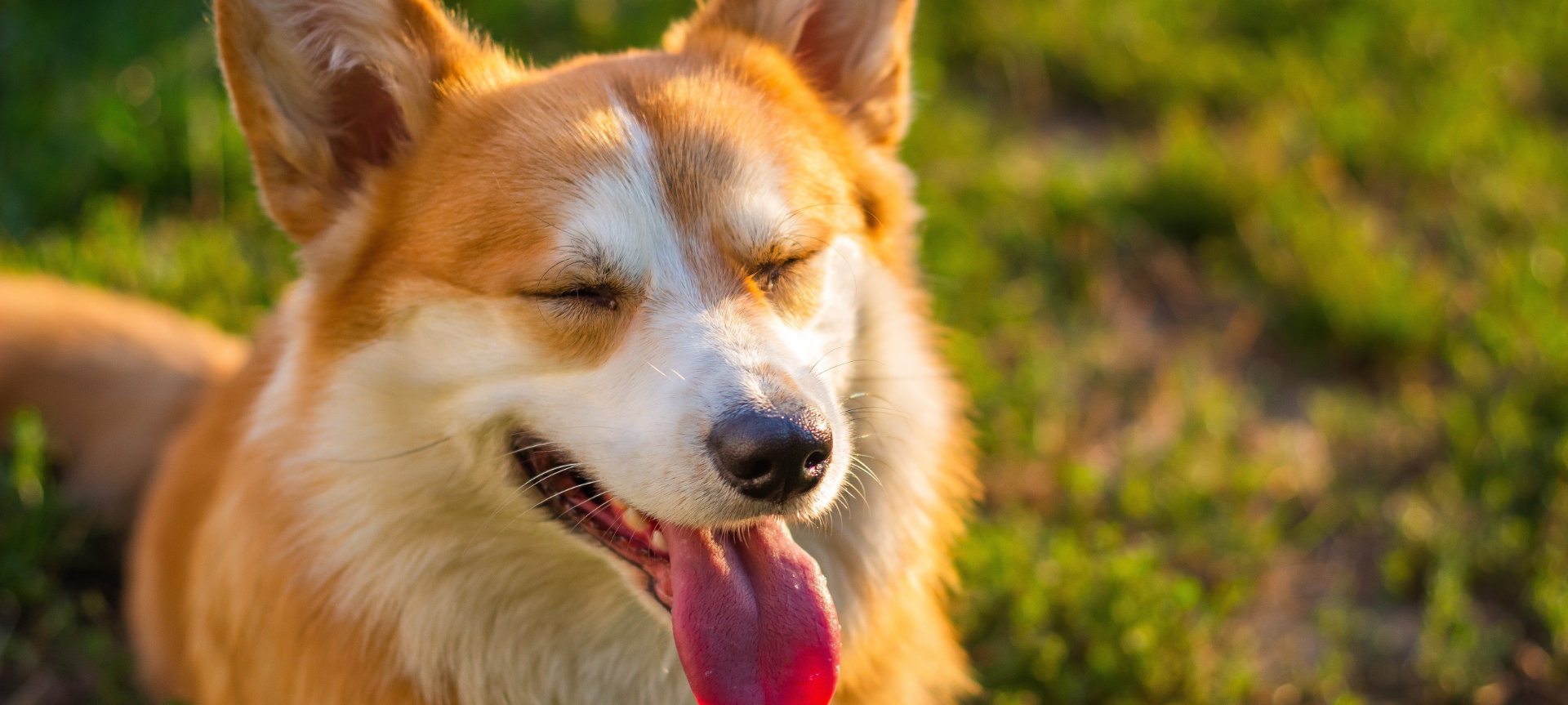
29 Nov What is the most commonly fractured tooth in dogs?
Just like us, our dogs rely on their teeth for various tasks, including eating, catching, playing, and grooming. However, their dental health can sometimes be compromised, leading to issues like fractured teeth. Understanding what can happen, knowing the most commonly fractured tooth in dogs, and why it’s important is a crucial step in keeping your dogs healthy and free from pain.
The Culprit: Canine Tooth Fractures
Tooth fractures in dogs can occur for various reasons, and while any tooth can be affected, some are more susceptible than others. The most commonly fractured tooth in dogs is the maxillary carnassial tooth, the upper fourth premolar in the back of the mouth.
What Are Carnassial Teeth?
Carnassial teeth are those powerful, large premolars and molars designed for shearing and cutting. The upper and lower teeth work as a team like blades of a scissors. The very function that makes carnassial teeth so crucial in your dog’s life as a heavy chewer- the ability to shear- is also what makes them susceptible to fractures. These teeth often bear the brunt of the force when your dog chews on hard objects, or even when they accidentally bite something tough.
Common scenarios that can lead to carnassial tooth fractures include:
- Chewing on Hard Objects: Dogs often enjoy chewing on hard toys, bones, or even rocks, which can lead to fractures.
- Accidental Trauma: Your dog may accidentally hit their carnassial tooth against something hard, causing a fracture. Facial trauma can also cause these and other teeth to fracture.
Signs of a Fractured Carnassial Tooth
Detecting a fractured carnassial tooth in your dog can be challenging since they may not always show obvious signs of pain. However, some indicators to watch for include:
- Change in Eating Habits: If your dog avoids chewing on one side of their mouth, eats more slowly, or drops food while eating, it could be due to the discomfort of a fractured tooth.
- Pawing at the Face: If your dog frequently paws at their face or mouth, it may be a sign of oral discomfort. This may be especially noticeable at meal times.
- Swelling or Redness: You might notice swelling or redness around your dog’s cheek or gum area, especially on the side with the fractured tooth.
- Draining tracts through the skin below the eye: Skin will be red, swollen with pus or blood.
- Unusual Drooling: Increased drooling, excessive salivation, or a sudden change in the consistency of saliva can be indicative of a dental problem.
- Bad Breath: An unpleasant odor from your dog’s mouth can also be associated with dental issues, including fractured teeth.
The Role of Veterinary Experts
When it comes to fractured carnassial teeth or any dental issue in dogs, the expertise of a veterinary specialist is invaluable. Here’s why consulting a specialist is crucial:
- Accurate Diagnosis: A veterinary specialist can perform a comprehensive oral examination, including cone-beam CT and dental X-rays, to accurately diagnose the extent of the fracture and any associated issues.
- Customized Treatment: The right approach to treating a fractured carnassial tooth depends on its severity. A specialist can recommend a tailored treatment plan, which may involve endodontic treatments, extractions, or odontoplasty with bonded sealants, as well as pain management.
- Prevention of Complications: Prompt treatment by a specialist can prevent complications like infections or further dental problems, which can adversely impact your dog’s health and quality of life.
In conclusion, understanding the most commonly fractured tooth in dogs, the maxillary fourth premolar tooth, is essential for responsible pet owners. Your awareness of the signs and the importance of seeking the expertise of a veterinary specialist can make all the difference in ensuring your furry family member’s dental health.
Fractured Tooth Treatment in Missoula
If you suspect your dog may have a fractured tooth or are concerned about their oral health, please don’t hesitate to reach out to us. We’re here to provide the expertise and care your dogs deserve, helping them lead a happy and pain-free life.
Image by Ivan Babydov from Pexels



